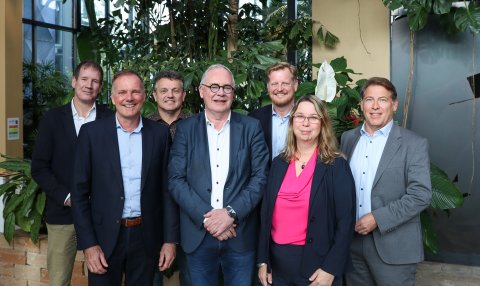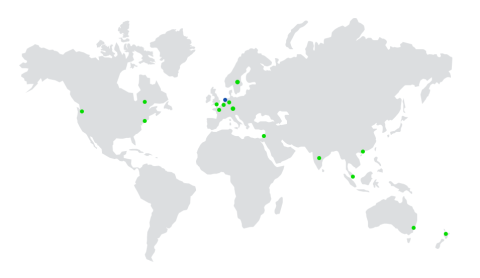
A recent study on the impact of the arrival of a new generation of employees in the workplace suggests that this upcoming “app generation” will not connect well with the average workplace. There appears to be a large gap between the expectations of young people and the reality with which they will soon be confronted in the workplace. The question is, should organizations be worried about this?
It cannot be denied that there are great differences between the various generations in the workplace. The older generation grew up without computers and had to teach themselves these digital skills on the job, while the youngest generation is growing up with a smartphone attached to their hand and is constantly online. Some articles even claim that the brains of millennials have evolved to be more capable of multitasking. The common denominator of these articles is that a dichotomy is being created in the workplace and organizations must adapt to contemporary standards in order for the newest generation to be fully productive.
However, are we really supposed to believe that it only took one generation for the introduction of technology to create such a gap in the workplace? From a biological perspective this is impossible; so for me it’s primarily a question of learned behavior. As far as I am concerned, for the millennial generation it is not a question of age, but a question of mindset. Older generation employees are perfectly capable of teaching themselves new skills, including all the digital possibilities the internet enables. The youngest generation will soon be bringing these skills along to the office, even though that office may still be designed for the skills of the current generation.
The same study above states there’s a reason why 50% of Europe’s current labor market believes that the technology they have in the workplace is not adequate. Technology in the workplace frequently lags behind the technology we use in our daily lives, and that’s why we plead for modernization. This does not so much have to do with age, but rather with daily ease of use. The more often you use certain technology, the better you can learn to work with it. My father used to muddle through the sending of a simple text message on his first cellular phone; today, you can’t tear him away from his smartphone.
The study also showed there is a large difference between the expectations of young people and the reality with which they are confronted in the workplace in terms of technological tools. They tend to view the smartphone as an essential tool for performing their work. However, once they start working they will soon notice that some tasks require other tools and processes that they must learn. Therefore, getting used to technology is a two-way street and millennials will also have to learn other skills in order to function at an optimal level.
Of course, organizations must also be mindful of how the generations view each other, as well as changes in employee needs in order to facilitate the best possible work environment, regardless of the employees’ ages. Perhaps, the generational gap is not so much created from the introduction of technology, as it is from the differing mindsets of each generation as they learn to work together with new technology. For example, the smartphone plays a central role in my son’s life, but my father is working hard to catch up to the younger crowd. Why couldn’t office workers do the same—working to blend expertise and hone important skills? I believe that the generation gap is not as big as it is often purported to be.




















